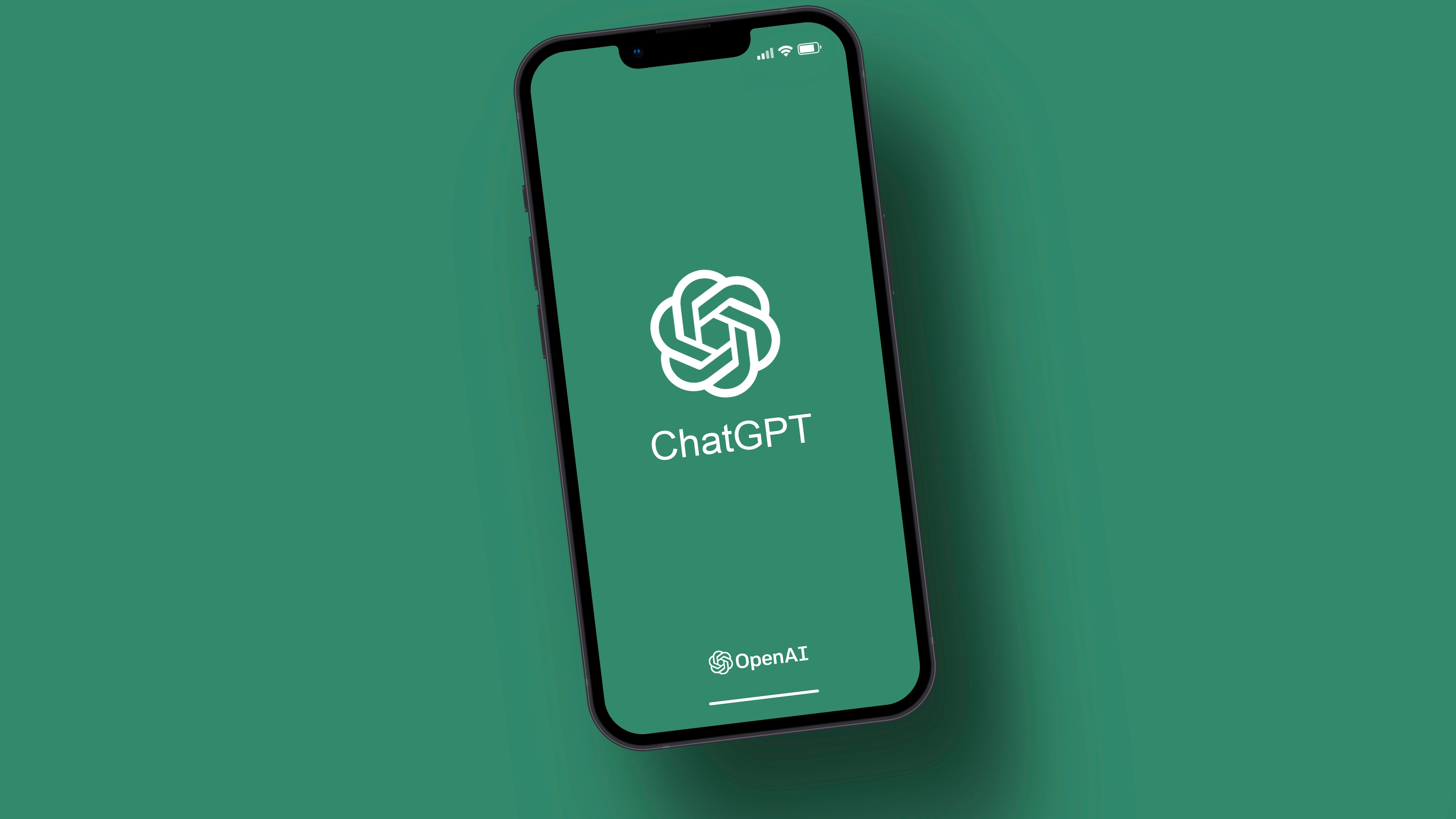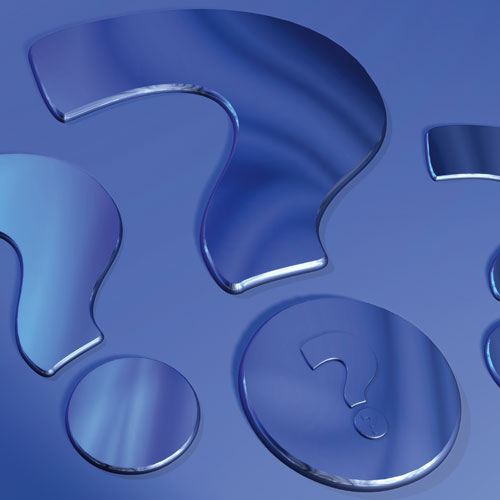5 ChatGPT prompts to inspire your creativity

Creative inspiration is sometimes elusive. Letting your mind wander while you write, draw, play music, or otherwise exercise your creative muscles can help, as can discussing ideas with someone, but it might not always provide the spark you need. ChatGPT and other AI chatbots aren't creative, but they can be a useful tool for pumping up your own creative juices.
Using my own experiences, anecdotes from people I know who have done similar experiments, and a couple of variations of creative exercises I've employed before, I've put together a list of some of the prompts most likely to inspire you creatively, in whatever field you're in.
1. Unusual questions

If you want to figure out where you're headed with a project, sometimes it helps to try to answer questions. Try telling ChatGPT, “I’m stuck on a creative project. Can you ask me 10 unusual questions that might spark a new direction?”
Then you just have to share a bit of what you're working on and the AI will start poking at your idea to see what makes it tick. For instance, with a short story, it asked, “If your story had a scent, what would it be?” and “What would your main character confess to a stranger they’d never see again?”
The questions didn’t tell me what to write. They just nudged me sideways, off the well-worn mental path I’d been trudging. And that small shift can be plenty, as my story was now full of shadows, secrets, and the smell of motor oil and cinnamon.
2. Myth creativity
One of my continual inspirations is myths and folklore, especially those less commonly trotted out in U.S. movies and TV shows. But for this one, I didn't want to restrict the response to just writing. I told ChatGPT, “I want to design something inspired by an old myth or piece of folklore. Give me three lesser-known myths and creative directions I could take with each one.”
ChatGPT suggested looking to the Aztec Tzitzimimeh, the star demons who are said to descend during eclipses, for fashion ideas. It suggested creating a collection centered on the idea of celestial decay with glittering fabrics that fray and unravel as you move.
Sign up for breaking news, reviews, opinion, top tech deals, and more.
The AI then offered the legendary Inuit sea creature, who kidnaps disobedient children, called the Qalupalik. ChatGPT's idea was an immersive children’s theater piece where kids solve riddles to avoid being “taken.”
ChatGPT's third pitch was a stop-motion short film of the Welsh tale of Blodeuwedd, the woman made from flowers who turns into an owl to get away from her husband.
3. Memories

A visual artist friend of mine told me about using a version of this when they were trying to come up with inspiration for a series of pictures based on their childhood. They told ChatGPT, “I want to create drawings inspired by the feeling of a specific memory. Ask me questions to dig into the details.
The AI apparently helped bring back several details my friend had forgotten when initially considering the idea of drawing their memory of riding bikes with friends as a kid, including trying to race the streetlights as they turned on and the feel of sticky popsicle juice on the handlebars.
4. Constrained creativity
Sometimes the power of creativity comes from how it's limited. Another acquaintance told me she wanted to shake things up that way and sometimes asked ChatGPT for help. Based on her description, I asked ChatGPT, “Give me five daily ‘creative constraints’ I could use this week to jolt me out of my comfort zone.” I'm not sure I would be able to follow through on all of these, but I could see it really helping me get out of my comfort zone.
The ideas ChatGPT offered were:
"Monday: Only use circles. In your sketches, in your words, in your thinking. Round things only.
Tuesday: Speak in metaphor all day. Even when ordering coffee.
Wednesday: Create something you cannot keep—destroy it, give it away, erase it.
Thursday: Use an object in your home as your main character.
Friday: Tell a story backward, but the emotional arc goes forward."
5. Magic mentor

I've experimented with making ChatGPT adopt a persona before, with some success. For creative inspiration, I decided to ask ChatGPT to be the kind of guide to creativity you only really see in movies, since in real life, they would be problematic at best.
I told ChatGPT to, “Pretend you’re my weird but brilliant creative mentor. Give me a pep talk, a bizarre assignment, and a warning about one thing I should avoid creatively.”
The persona ChatGPT invented was “Dr. Marnie Vex, former circus costumer and occasional ghostwriter for soap operas.” So it definitely fit the bill. And she was encouraging, with a pep talk that began: “You are not a spark. You are the entire damn lightning storm. Stop pretending to be modest, it’s boring.” She then told me to “Write a breakup letter from a color to its former artist. Make it petty. Make it beautiful.” And for her warning, she told me, “Never chase applause. If the idea doesn’t scare you a little, it’s probably a rerun.”
Marnie Vex would be challenging to deal with as a real-life mentor. For a way of shaking off the cobwebs and getting creative, though, she was perfect.
Creative rehydration
ChatGPT can't cure a creative rut or imprint you with wit and genius. That’s not how creativity works. But, it might just sprinkle a little inspiration on your dormant ideas and get you thinking in new ways about topics that might have grown stale, or even open up new vistas of experimentation.
I wouldn't go as far as calling ChatGPT a muse, but as a sounding board and improvisational partner, it's worth a try if the blank page or canvas seems impenetrable.
You might also like

Eric Hal Schwartz is a freelance writer for TechRadar with more than 15 years of experience covering the intersection of the world and technology. For the last five years, he served as head writer for Voicebot.ai and was on the leading edge of reporting on generative AI and large language models. He's since become an expert on the products of generative AI models, such as OpenAI’s ChatGPT, Anthropic’s Claude, Google Gemini, and every other synthetic media tool. His experience runs the gamut of media, including print, digital, broadcast, and live events. Now, he's continuing to tell the stories people want and need to hear about the rapidly evolving AI space and its impact on their lives. Eric is based in New York City.
You must confirm your public display name before commenting
Please logout and then login again, you will then be prompted to enter your display name.